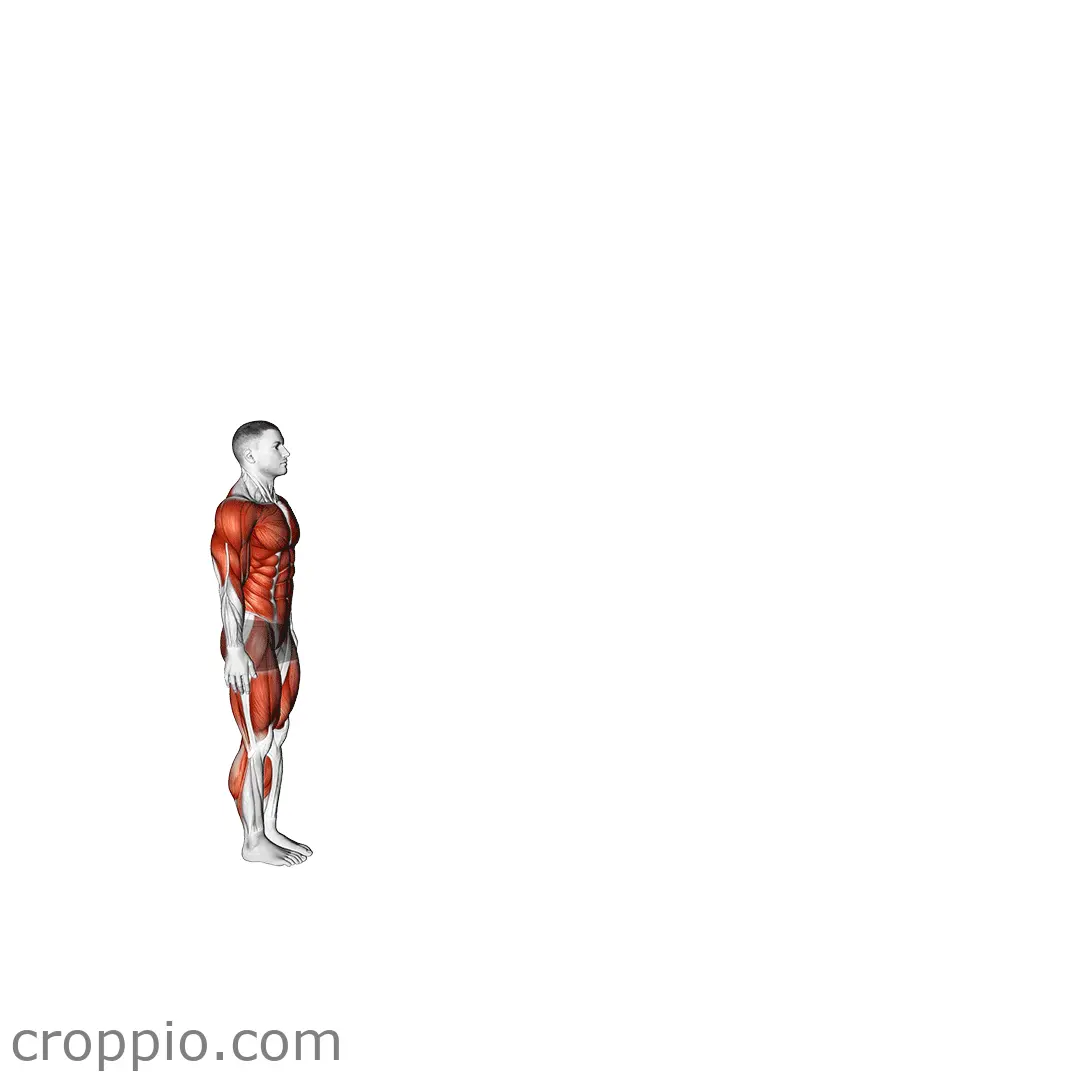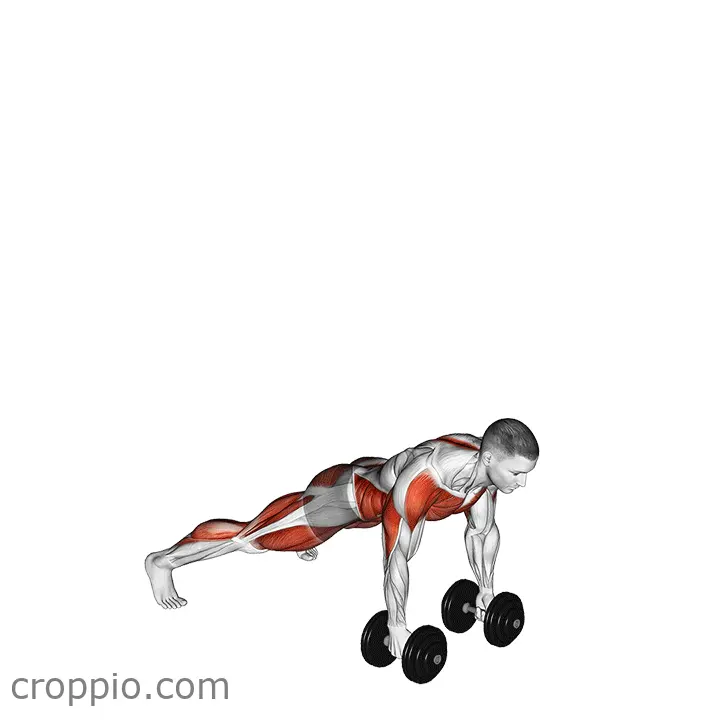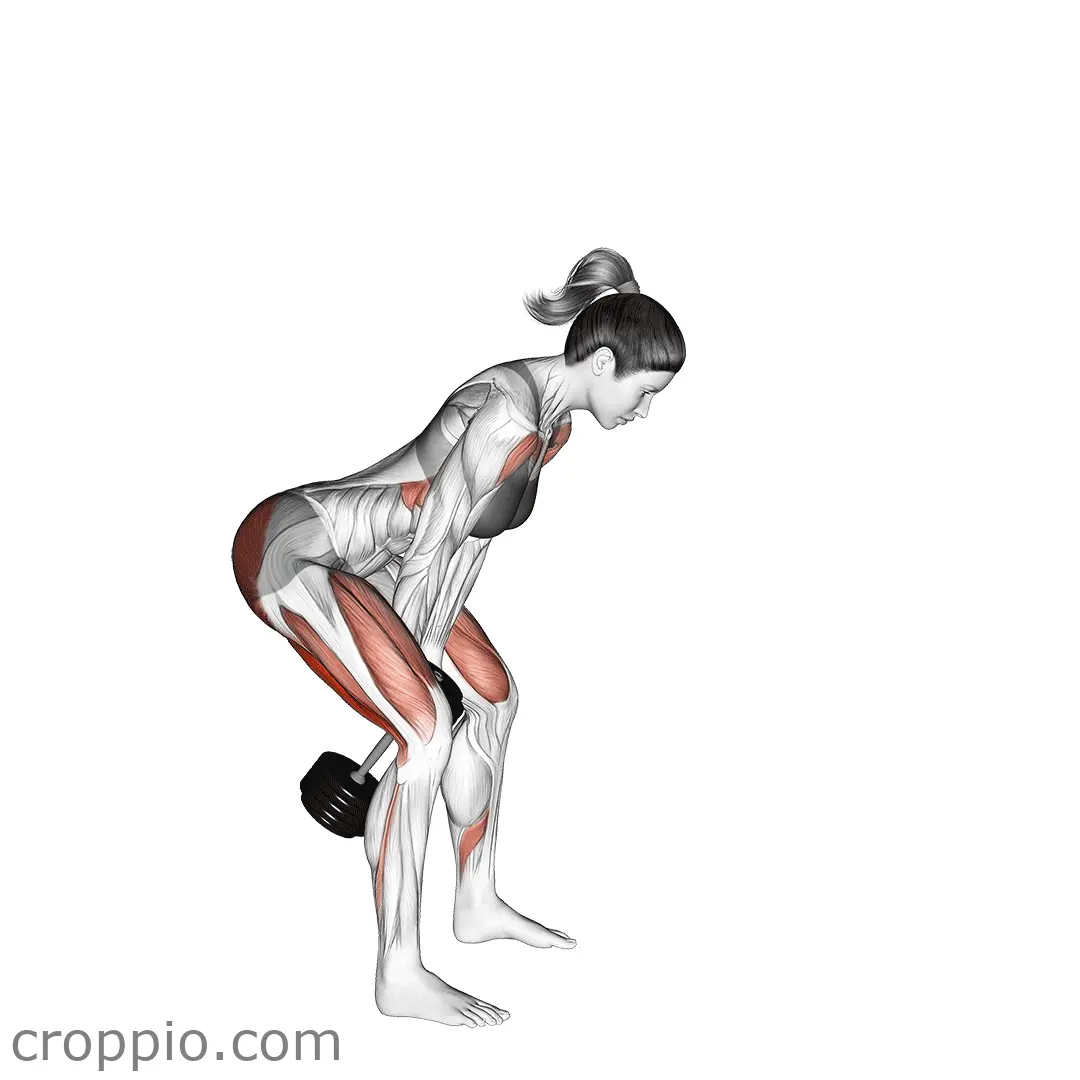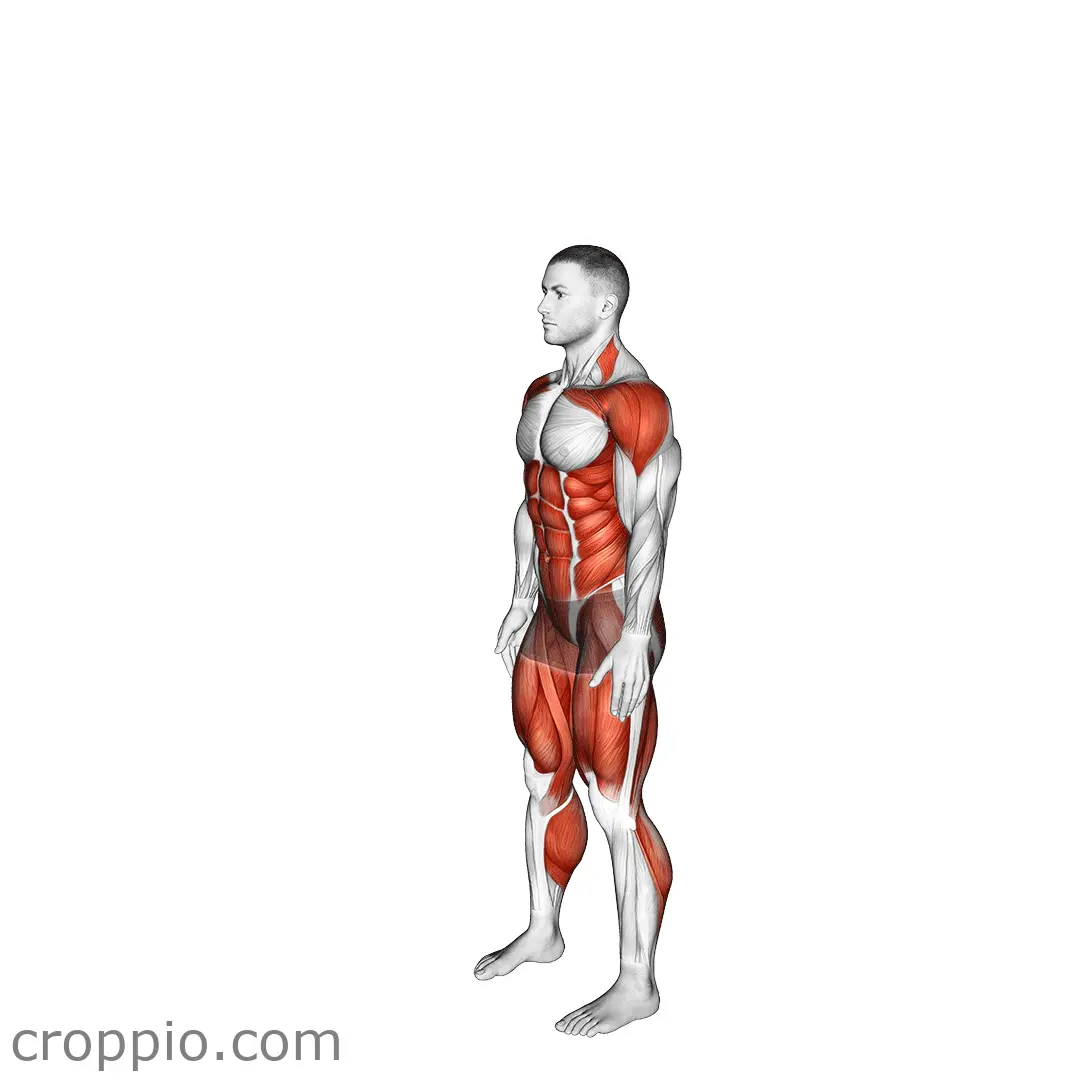Running On Treadmill

Muscles Involved
Running on a treadmill primarily engages the lower body muscles, particularly the quadriceps, hamstrings, calves, and glutes. The quadriceps, located at the front of the thighs, help propel your body forward, while the hamstrings, at the back of the thighs, assist in the pulling motion. The calves, consisting of the gastrocnemius and soleus muscles, play a pivotal role in stabilizing your ankle and facilitating push-off with each stride. Additionally, the gluteal muscles contribute to hip extension and power during running. Secondary muscles include the hip flexors and stabilizers in the core, which aid in balance and posture.
Top Mistakes
- Overstriding: Taking excessively long strides can lead to knee and joint pain.
- Poor posture: Leaning forward or backward impacts balance and efficiency.
- Inadequate warm-up: Skipping warm-up sessions can increase the risk of injury.
- Ignoring treadmill settings: Not utilizing incline features can reduce workout effectiveness.
Execution Tips
- Maintain an upright posture: Keep your shoulders relaxed and aligned over your hips.
- Focus on a mid-foot strike: Aim to land on the middle of your foot for optimal shock absorption.
- Adjust treadmill settings: Incorporate incline to simulate outdoor conditions and increase the intensity.
- Breathing technique: Breathe deeply and rhythmically to enhance endurance during longer runs.
Workouts
To effectively incorporate treadmill running into your workout routine, consider various formats. For beginners, start with 20-30 minutes of steady-state running at a comfortable pace, aiming for 2-3 sessions per week. Intermediate runners can implement interval training, alternating between high-intensity sprints and moderate-paced recovery for 30 seconds to 1 minute, totaling 20-25 minutes. Complement your treadmill sessions with bodyweight exercises such as squats and lunges, focusing on lower body strength, or include core workouts to enhance stability and overall performance.
Conclusion
Running on a treadmill provides numerous benefits, including improved cardiovascular fitness, enhanced endurance, and increased calorie burn. Additionally, it allows for controlled environments, making it easier to track progress and tailor workouts specific to personal fitness goals. With the right form and techniques, treadmill running can serve as an effective, low-impact alternative to outdoor jogging, all while helping to build strength and resilience in the muscles involved.



